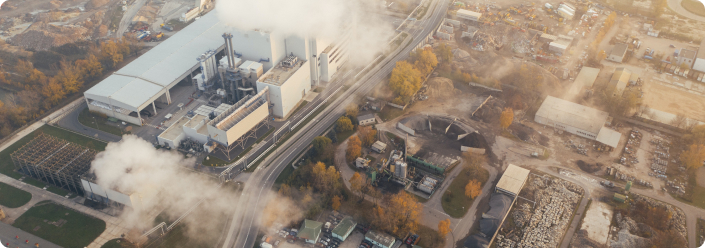Oil and Gas
How our drones help
Drones in Oil and Gas Industry:
6 areas to make a difference.
Asset management and monitoring to assess production performance
Environmental and safety compliance
Overall integrity and other factors
While the needs are simple, the complexities, risks, and scale involved are large
Pipelines span thousands of miles
Manufacturing facilities offer potential exposure to hazardous chemicals
And production platforms are often remote, for example, in deep water and arctic environments
These insights can drive operational decisions and improve business processes, such as:
Shortens lead time to problem detection or
predictive maintenance in industries with field force operations
Maintenance, integrity, and surveillance activities are costly to plan and execute. They are especially required to avoid leaks, outages, and unplanned shutdowns.
UAVs offer a fine complement to normal approaches to facility management. There are also even more untapped opportunities for cost savings through activities such as:
Automated data gathering
Automated maintenance, integrity and surveillance workflow
Data analysis to generate predictive insights on facilities.

Decrease Costs
A UAV can automate simple tasks and therefore reduce labor costs. For example, aerial inspection of pipelines using helicopters costs around $3,000 for an hour of operations. UAVs can also reduce these costs significantly while providing better accuracy through the use of multiple sensors on the same platforms.
Reduce Safety Exposure
In areas that are exposed to contamination or are potential security threats, UAVs enable organizations to explore these areas. They can even deliver supplies without exposing employees to the known risks. for example, UAVs assessed the nuclear reactor damage in Fukushima.
Increase Production
In the energy sector keeping refineries and rigs up and running ensures the steady flow of products to customers. UAVs can also help avoid unnecessary shut-downs or reduce the disruption to operations — which keep oil and gas moving.
Making
a Difference
Signs are that that UAVs are poised to become the next major disruption to impact the oil and gas industry.
Already causing major shifts in other industries, oil and gas is one of the next targets of drone technology with British Petroleum (BP) receiving the first commercial permit for drone use on US soil. The estimated impact of drone technology in any language is expected to be Billions in the years to come.
Until now, methods of surveying, detecting, and finding leaks in the oil and gas fields have been inefficient and costly to conduct. Workers have risked their lives to climb high-rising stacks and inspections have caused long activity shutdowns. Drones are by all means a cost-effective and safe solution to all of these problems.

Artificial Intelligence to Combat Oilrig Rust
At a cost of 60-80bn USD per annum off-shore corrosion is a huge issue in the maritime industries
Visual inspection data gathered by remote inspection technologies such as drones further lower costs and safety risks. Using machine learning (ML) technology, the inspection data is assessed automatically. It identifies and segments defects such as coating failures, corrosion, and structural damage.
Rather than a calendar-driven maintenance procedure, AI will determine when and how surveys and maintenance are conducted.
Technological advancements made in the remote inspection and detection techniques allow much improved approaches to asset life cycle management, especially rust on oil rigs.
Using artificial intelligence (AI) models to find and assess levels of corrosion and coating breakdown on ships and offshore structures. AI techniques can also help with the assessment of images to understand corrosion and coating breakdown trends.
6 Areas in the Oil and Gas industry
Obtain visuals of flare stack heads where fast flight control responsive is critical. Without the need to climb the stacks, the risk to personnel is thus eliminated. Production time is therefore left uninterrupted. They even inspect the flare stacks while in production, which saves money. Avoiding a shutdown can save more than $4 million. Repairs and maintenance are no longer costly and time-consuming. Drones can ultimately find in five days what could take eight weeks with human inspectors.
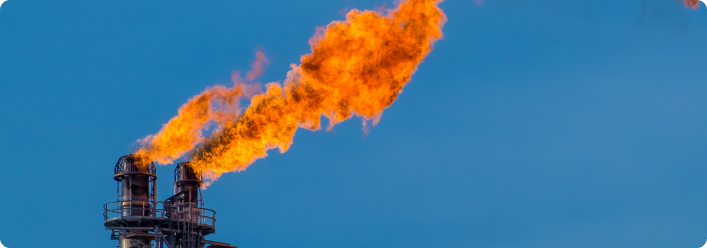
Drones have become the most economical type of platform for the inspection of thousands of miles of pipelines transporting oil and gas around the world. Additionally, these infrastructures are monitored constantly to reduce the potential for unknown leaks. In the past, leaks have caused life-threatening fires and explosions. With thermal imaging, the temperature differences between fluid and soil are picked up easier. Consequently, oil and gas leaks are more easily detected. Hovering at low altitudes over the pipelines with special cameras and sensors, operators can also send information to the assessor showing the pipe’s condition.
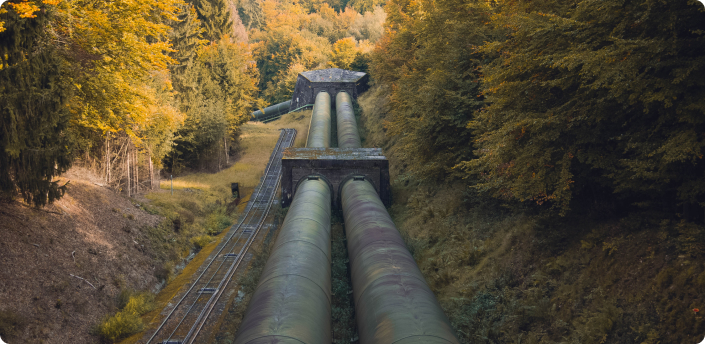
Working offshore complicates inspecting oil platforms, and puts workers at a higher risk. Furthermore, lengthy shutdowns can damage efficiency, and operations are forced to go offline. Converting business operations to using drones can also help minimize these complications. Send real-time information to the operator on the rig while flying within meters of the offshore platform. HD video and still imagery can reveal all angles – vital information that can be used to specifically assess and plan necessary work in advance.
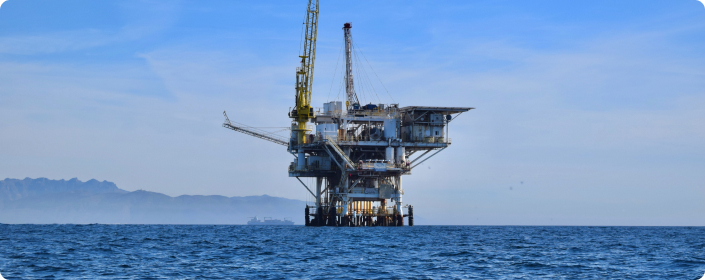
Currently, safety checks on tailings ponds are done in person or expensive fly-over inspections that require endless safety precautions. Using drones for this application makes gathering information in dangerous environments possible and extreme weather conditions no longer have to be a barrier to carrying out such inspections.
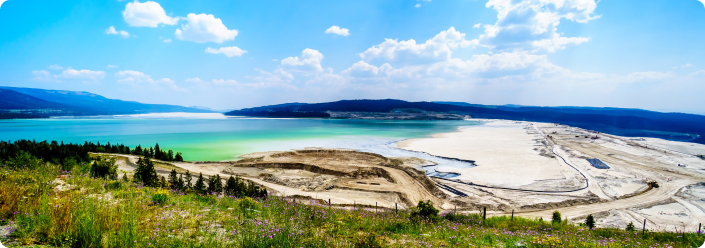
Drones have become the most economical type of platform for the inspection of thousands of miles of pipelines transporting oil and gas around the world. Additionally, these infrastructures are monitored constantly to reduce the potential for unknown leaks. In the past, leaks have caused life-threatening fires and explosions. With thermal imaging, the temperature differences between fluid and soil are picked up easier. Consequently, oil and gas leaks are more easily detected. Hovering at low altitudes over the pipelines with special cameras and sensors, operators can also send information to the assessor showing the pipe’s condition.
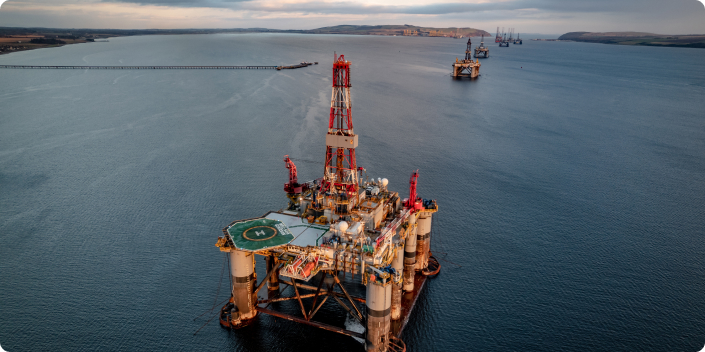
The highly sensitive optical sensors that are used with drones can help monitor gas emissions over critical sites and large areas that are otherwise hard to cover. They make surveying, identifying, and correcting leaks a manageable task and with nearly 500,000 hydraulically fractured gas wells across the U.S., this task is vital. Drones help reduce the cost of such inspections and allow safe 3D mapping of drill sites, gas pipelines, landfills and other municipal operations.
